Roadside America: End Of An Era, Part I
Renaissance Auction Group Liquidates Shartlesville, Pa., Landmark
By Karl Pass - February 19, 2021
I dont think it is auctioneer hyberbole to say it was a truly unique folk art installation, stated Bill Howze of the Renaissance Auction Group following the liquidation sale of the longtime Shartlesville, Pa., fixture, Roadside America. Howze sold 700 lots in an online-only sale that opened Dec. 30 and closed Jan. 23. Every lot started at $5 and consisted of the contents of two businesses, Roadside America and the PA Dutch Gift Haus. Prices reported include an 18-percent buyers premium. Both were very hands-on businesses, said Howze. Roadside America was a roadside attraction featuring elaborate miniature hand-built scale model villages/model railroads created by founder Laurence Gieringer (1894-1963). The PA Dutch Gift Haus was a gift and souvenir shop. The two buildings were side by side at Roadside Drive outside of Hamburg in Berks County, Pa. Roadside America was the quintessential mid-20th century roadside attraction. It spoke to the golden age of mechanical innovation in scale model building. It was remembered by generations both in and outside the area and was an iconic landmark along busy Route 78 halfway between Allentown and Harrisburg. There was an era where tour buses lining up outside was the norm, but those days ended years ago. The roadside attraction era is over, yet the impact it had was real. The time has passed by for it as a place to stop, mentioned Howze. It was a different era. Opening Aug. 4, 1953, it was actually the sixth location housing Gieringers model villages, which he built between 1905 and the late 1950s. An employee of the Reading Railroad, Gieringer held displays at various places in and around Reading of his creations until receiving funding for the Shartlesville site. He was a widely recognized figure in the scale model building community in the first half of the 20th century, said Howze. This was the pre-kit era. He developed his own methods to mimic facades and had a special ability to create with incredible attention to detail. He would coat fruit crates to imitate field stone, or brick, or whatever he wanted to make. The attention to detail, skill, and understanding of architecture is evident. The miniature attraction consisted of three main villages. 1.) There was Beaver Creek, depicting an early pioneer town with homesteads, mining scenes, railway stations and more. 2.) Sleepy Hollow consisted of an early Western town with saloons and ranches. 3.) Fairfield depicted the actual town of Fairfield, Pa., ca. 1930-50, with an Esso service station, a courthouse, a theater playing Boys Town, and the church where Paul Gieringer, Laurences brother, served as a priest. The businesses descended through the women of the family. From Gieringers daughter, Alberta Bernecker, to her daughter, Delores Heinsohn, to her two daughters, Bettina and Felecia. There were three years spent trying to find a buyer for the entire thing, and then the pandemic became the nail in the coffin, Howze said. State and federal governments dont have the funding to undertake projects such as Roadside America, and no private entrepreneurs were interested enough to buy it. With a seven-figure listing price, the real estate was for sale in 2018. The 17 acres, two commercial buildings and two residences sold in 2020. Check out next weeks issue for part two of the story with more information on what sold and for how much.


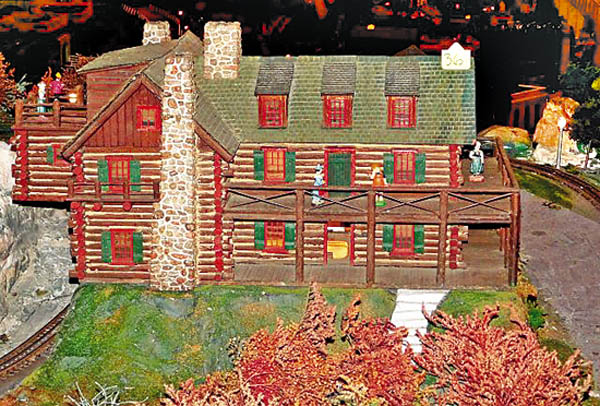
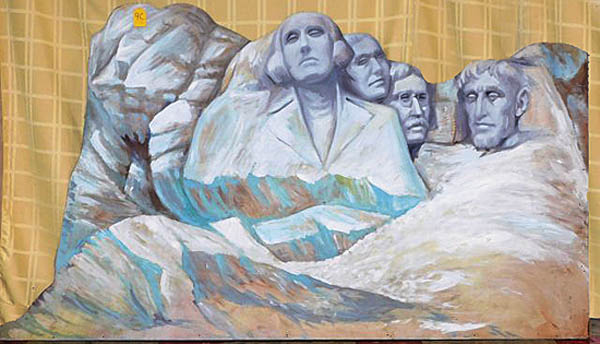
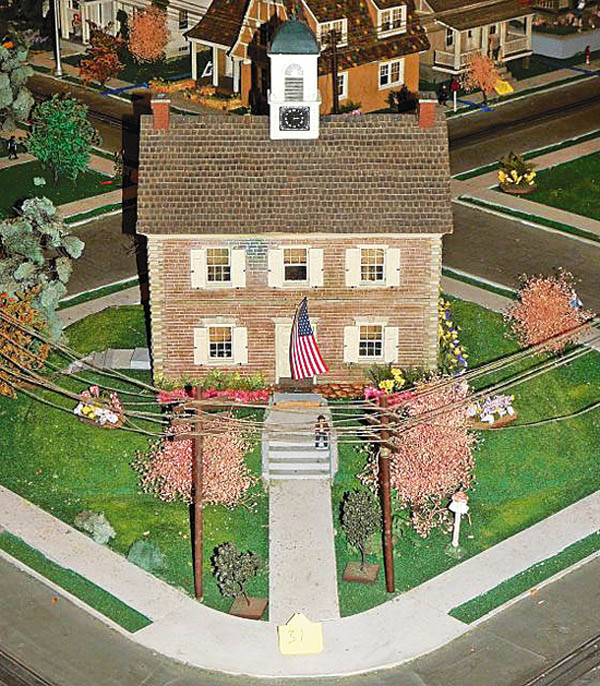
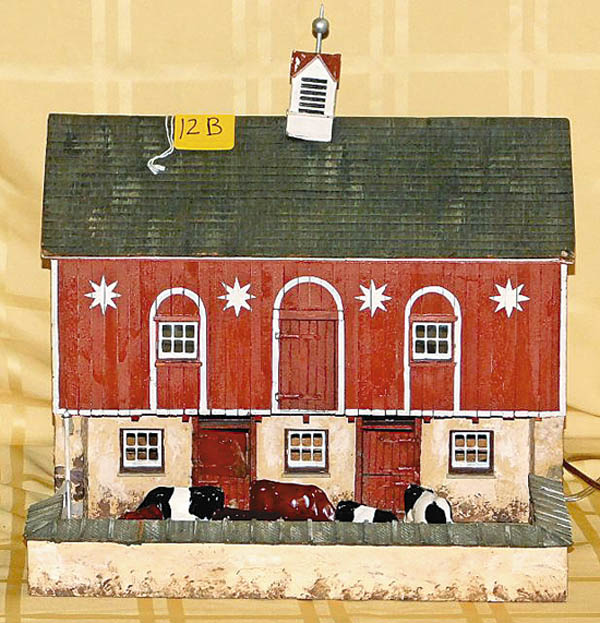
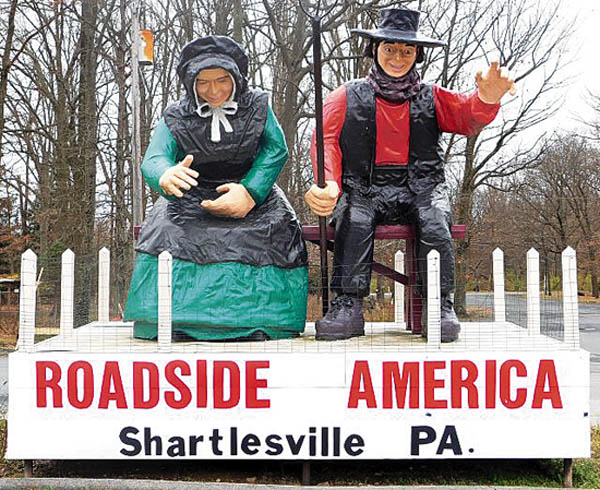
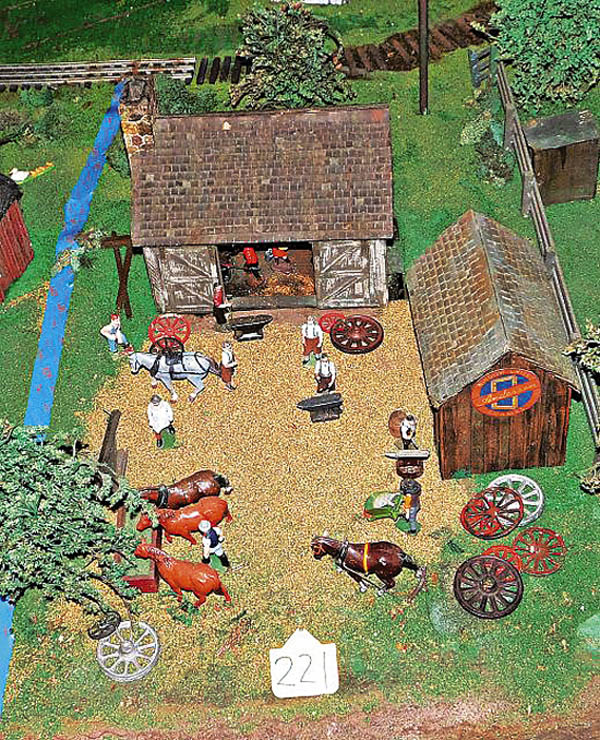
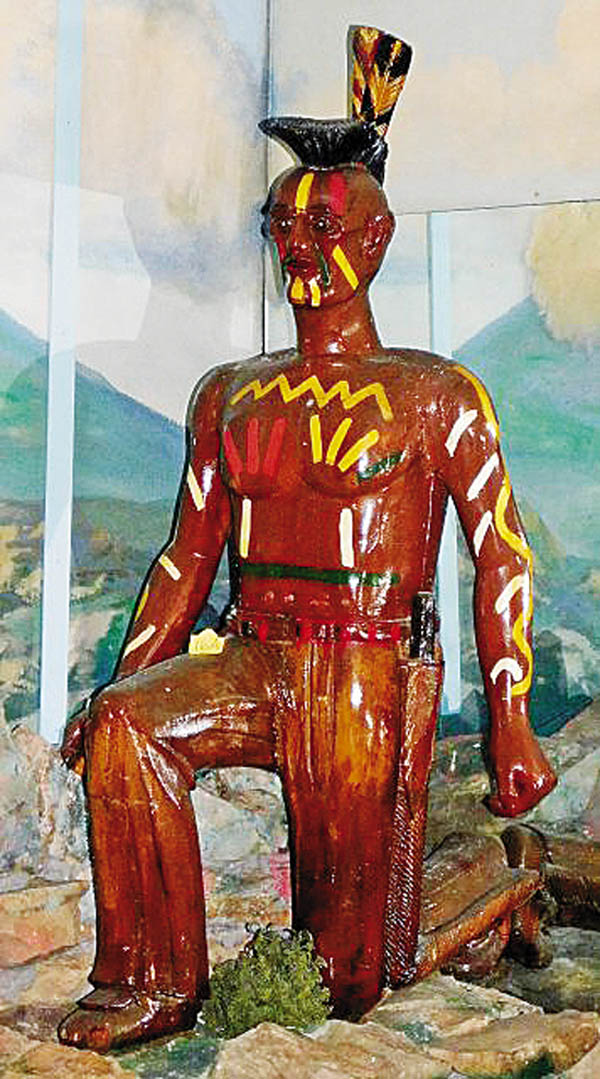
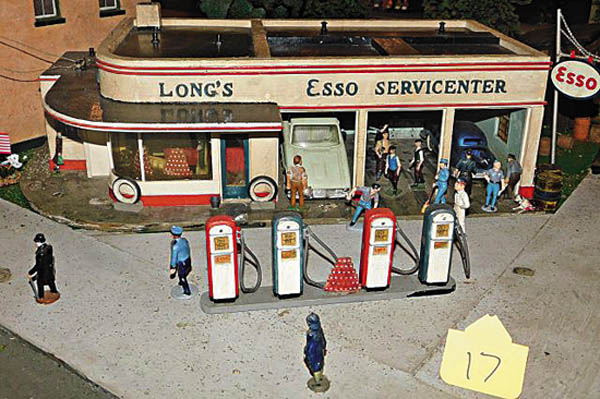
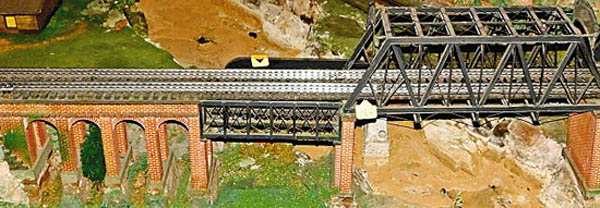
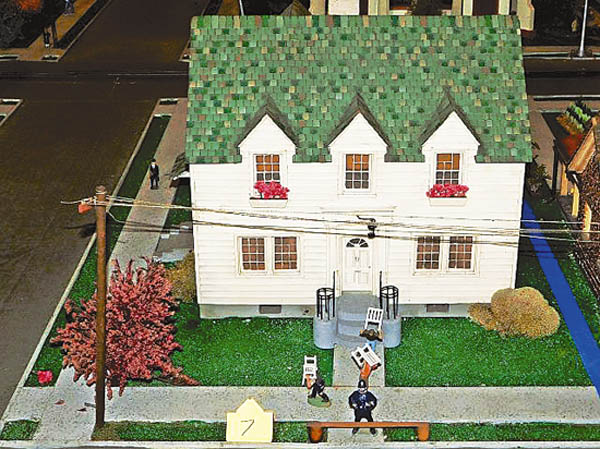
SHARE
PRINT